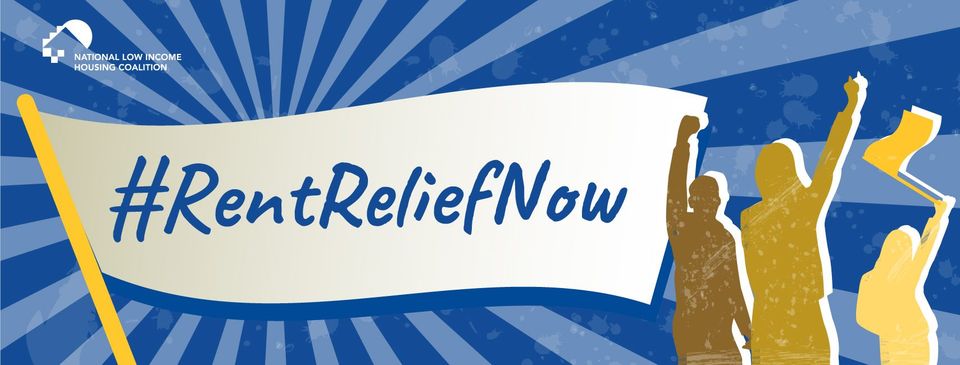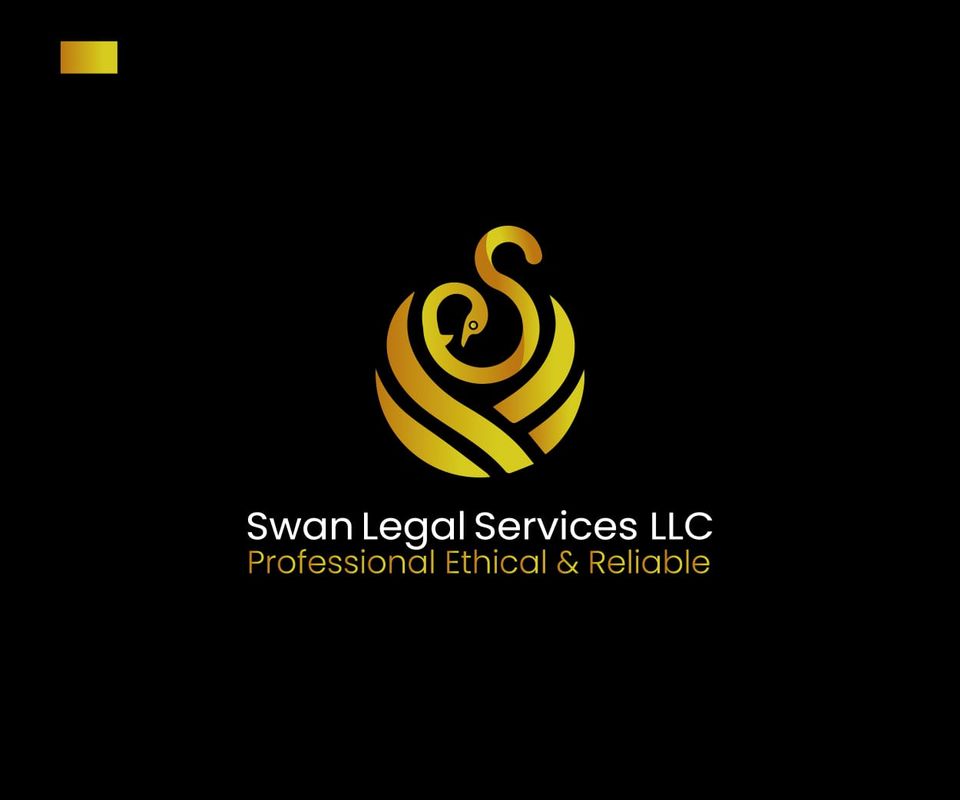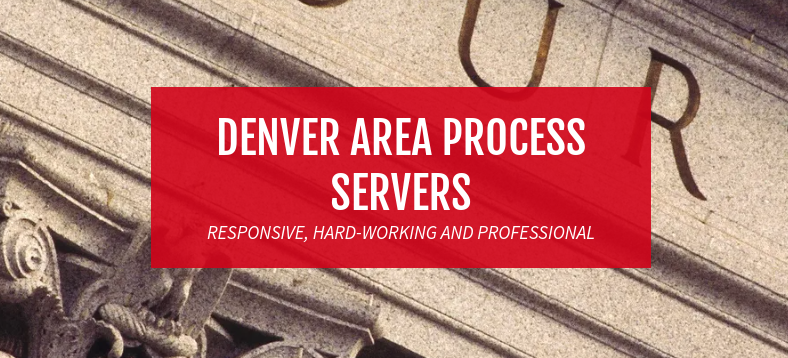Pursuing collection of bad debt is tricky business so these tactics and tips might make that unfortunate task easier.
Your lease agreement serves as the legal contract that entitles you to collect unpaid rent and additional fees if a security deposit does not cover the amount due.
If you have a previous renter who owes you money, you have a few options.
Pursue Repayment In-House
Landlords and property managers may attempt to contact the previous renter themselves in an attempt to collect the rent.
Locating a previous renter owing back rent or reimbursement for damages may prove difficult as a tenant in default might not always offer a forwarding address.
One way to start the process is to send a demand letter to the last known address on file, even if it’s the rental address.
Be sure to mark the front of the envelope with ‘Address Service Requested’ or ‘Address Correction Requested’ and adhere the appropriate postage to cover the delivery and this added service.
When requested and purchased, the United States Postal Service (USPS) will research their database for the new address, if any, and forward the letter. In addition, the USPS will send you a postcard with the corrected new address.
Debt Reporting
You can also report the outstanding debt to the three major credit bureaus. It will then remain on those credit reports as unpaid rent. To cure the outstanding balance the previous tenant will need to cure the balance before the credit bureaus will remove the file.
If personal contact and credit reporting is unsuccessful, you can file a small claims case or hire a collection agency to pursue the claim.
Small Claims Court
If you file a small claims case against your tenant, following local court rules and your lease terms, you may also be able to collect money for additional damages, late fees, and legal fees. This tactic requires a heavy investment of time and effort throughout the process.
Check your state collection laws, contact your local small claims court for paperwork, and locate your tenant’s new mailing address (see above) so they can be notified of the proceedings. Depending on how much your tenant owes you, small claims court may or may not be worth the investment you have to make.
Debt Collection Agency
Working with a company that specializes in delinquent rent collection is the best option for landlords and property managers who do not want to spend their time or resources tracking down a tenant.
A reputable debt collector in an agency will know and follow debt collection laws outlined in the Fair Debt Collection Practices Act (FDCPA). Recognizing the need for accessing a trustworthy collections agency that benefits property managers and landlords by producing results.
Rent collection services will provide their clients a highly trained and experienced staff of skip tracers, attorneys, private investigators, and professional collection agents that team up to provide you an aggressive collection effort.
Some agencies provide a flat fee collection option that allows a property owner to immediately report a delinquent tenant to the credit bureaus and order a series of collection letters to be sent by a licensed collections agency. Flat-fee services are done online and charge a low-cost up-front payment allowing you to keep the majority of the proceeds, while contingency services charge a percentage of the money collected.
PURSUING PAYMENT FROM CURRENT TENANTS WITH DELINQUENT RENT
The main component of a lease is the agreement the tenant has made to make timely payments of the agreed amount in exchange for the right to occupy the rental. When they pay late or less than the agreed amount, they have violated the lease agreement and you have options on how to proceed.
First and foremost, become the expert regarding your local and state regulations regarding tenant payments and your options to pursue and how to document and navigate those choices.
Payment Arrangements
If local regulations allow and rent payments have become severely delinquent consider allowing the tenant a fresh start where they pay their next rent amount in full plus an installment amount to put towards the past debt.
When making this type of payment arrangement, create a lease agreement addendum outlining the payment arrangements to pay current plus partial back rent.
An easy way to calculate the amount due is to divide the past rent debt by the number of months left in the current lease. If the lease will end soon or that amount is too great a burden, you might consider asking them to sign a lease extension, giving them longer to pay off the debt.
Payment Incentives
Depending on your regulations, you might be able to offer a rental discount for on-time, full, or partial payments.
Regardless of how you choose to work with your tenants to bring their account current, it is important to be aware of what you can not do
WHAT NOT TO DO WHEN COLLECTING RENT
Don’t Go Rogue
In the news are reports of landlords taking matters into their own hands to get tenants to pay rent or leave such as removing front doors and turning off utilities. This passive-aggressive behavior is not only unprofessional but is absolutely illegal.
Don’t Harass Your Tenants
Tenants have the right, regardless of their payment status, to quiet enjoyment of the home. That includes the freedom from harassment. To ensure you are careful not to cross the line, know and follow all regulations regarding written notices as well as verbal and electronic communication.
Don’t Give Unauthorized Notices
Notices such as late rent notices, notice to quit, notice to vacate, and demand letters are legal documents. Your state and local area have specific laws on which notices are appropriate and how to serve them. If following legal guidelines that require posting a notice on the door, be certain to place that notice in a sealed envelope.
Don’t Call Outside of Business Hours
Follow guidelines for calling within normal business hours outlined by your local regulations. It’s not only polite but can save you from being accused of harassment.
Don’t Abuse Electronic Communication
It may seem easy to shoot a text over or send a quick email but make sure to only text during business hours and keep all communication (electronic, verbal, or written) very professional and appropriate.
Don’t Show up Unannounced
It needs to be repeated, do not show up unannounced. If you need to go to the home, provide the proper notification. Just know, going to their home for the purpose of collecting rent is considered landlord harassment unless the tenant has agreed to a payment pickup.
STEPS TO AVOID COLLECTION ISSUES
Setting expectations and clear communication are keep steps to avoid collection issues.
1. Conduct Tenant Screening
Much has been written on the importance of credit and background checks and employment verification in the tenant screening process and these guides can help with those best practices:
It’s never too early to bring up your no-nonsense rent policy during the screening process. Outlining that policy may help weed out the bad players from an interest in your rental.
2. Create a Rent Collection Policy
It’s a good practice to not only add the following into your lease agreement but also create a document outlining your rent collection policy and procedures. Items to consider:
- A note that partial payments constitute a breach of the lease agreement and partial payments require pre-arrangement.
- Location and office hours if an in-person drop-off is an option.
PRO TIP: provide pre-stamped, pre-addressed envelopes and consider installing a dropbox for after hours.
- Outline payment methods available. Be sure to note any exceptions and how these types of payments can be processed.
- Fees for processing payments
- The rent due date. Be sure to note if it is due on or by that date.
- Grace period. Helpful to include that a grace period is designed to account for weekends, holidays, mail delivery services, and circumstances outside of anyone’s control. It is not a time period to put off paying rent but rather as the name implies, a gracious buffer for the unexpected.
- Fees: List any late fees, processing fees, returned checks and non-sufficient fund fees, etc. Check local laws on fee limits.
- A note that it is the tenant’s responsibility to have funds available for processing the payment type chosen. Returned Checks, non-sufficient funds, returned checks, dishonored checks, etc.
- Consequences. In addition to any fees they might incur, outline what they can expect if they default on rent payment such as termination notices.
3. Offer Varied Payment Options
It’s been documented that offering a variety of payment options can help landlords receive more rental payments.
RENT COLLECTION DURING PANDEMIC AND EVICTION MORATORIUMS
Many misinterpret eviction moratorium to mean rent forgiveness. Because of this, some renters believe that any communication of a past due balance is in violation of the moratorium.
As landlords are aware, any amount in arrears is still due. So, how do you communicate a late balance without it being perceived as an eviction?
First, check with your state if a pay or quit notice is still allowed to be a part of your late payment processes. Although evictions are on a moratorium, the documentation of late payments still needs to be processed in such a way that communicates to the tenant that the rent amount is in arrears and still due. It is the consequences of breaking that portion of the lease that has been paused, not the responsibility of meeting that obligation.
Secondly, you may need to check with an attorney to review your notices to make sure they comply with current regulations.
Regardless of the type of notice to communicate that default that your state allows you to deliver at this time, try to couple that communication with resources and tools to help them as an outreach.
People respond best when they know you care. When discussing their specific difficulties and payment plans, empathy is king.

















